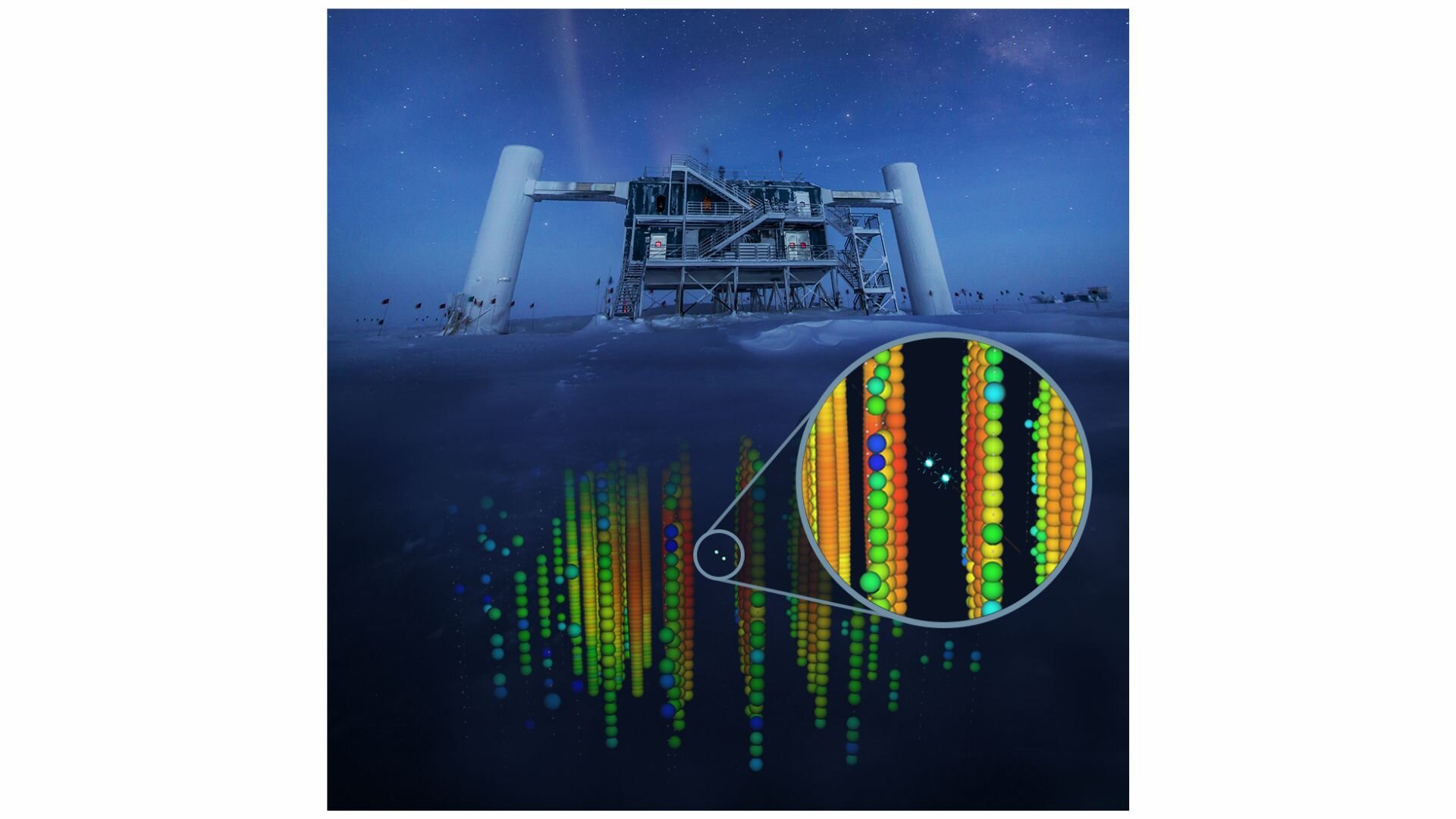IceCube Neutrino Observatory researchers in Antarctica have made a groundbreaking discovery of seven signals that may point to the elusive tau neutrinos from celestial bodies. The collaboration’s goal is to analyze these neutrinos by tracking their path through the ice on the detectors. Published in Physical Review Letters, the study reveals how IceCube detected signals from neutrinos, with seven potentially being the tau neutrino. Using convolutional neural networks, the team analyzed 9.7 years of data to differentiate between the three types of neutrinos. These particles, known as electron, muon, and tau neutrinos, are the most prevalent massive particles in the universe, with trillions passing through us every second! Learn more about this fascinating discovery at phys.org.
- Latest




















